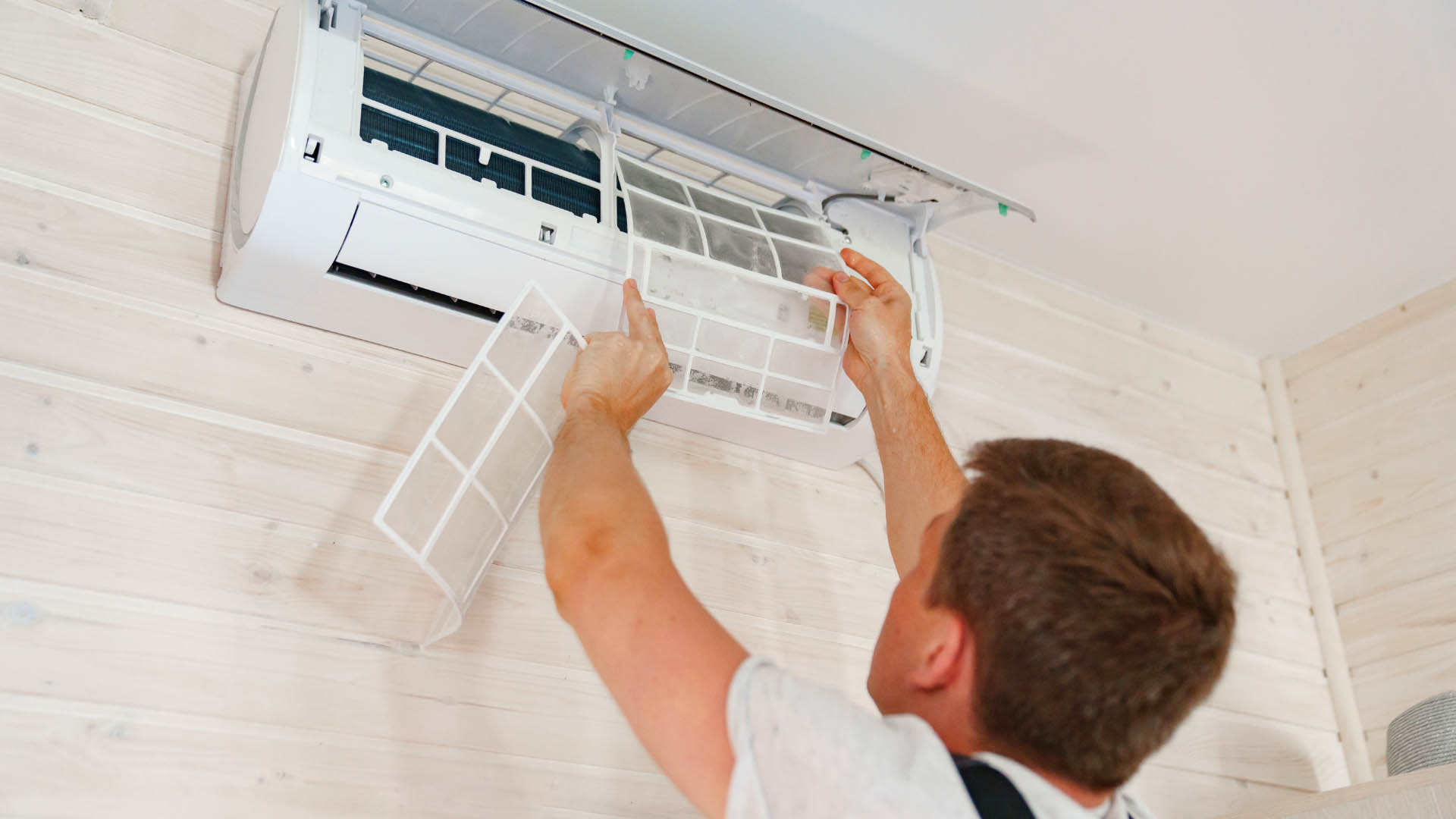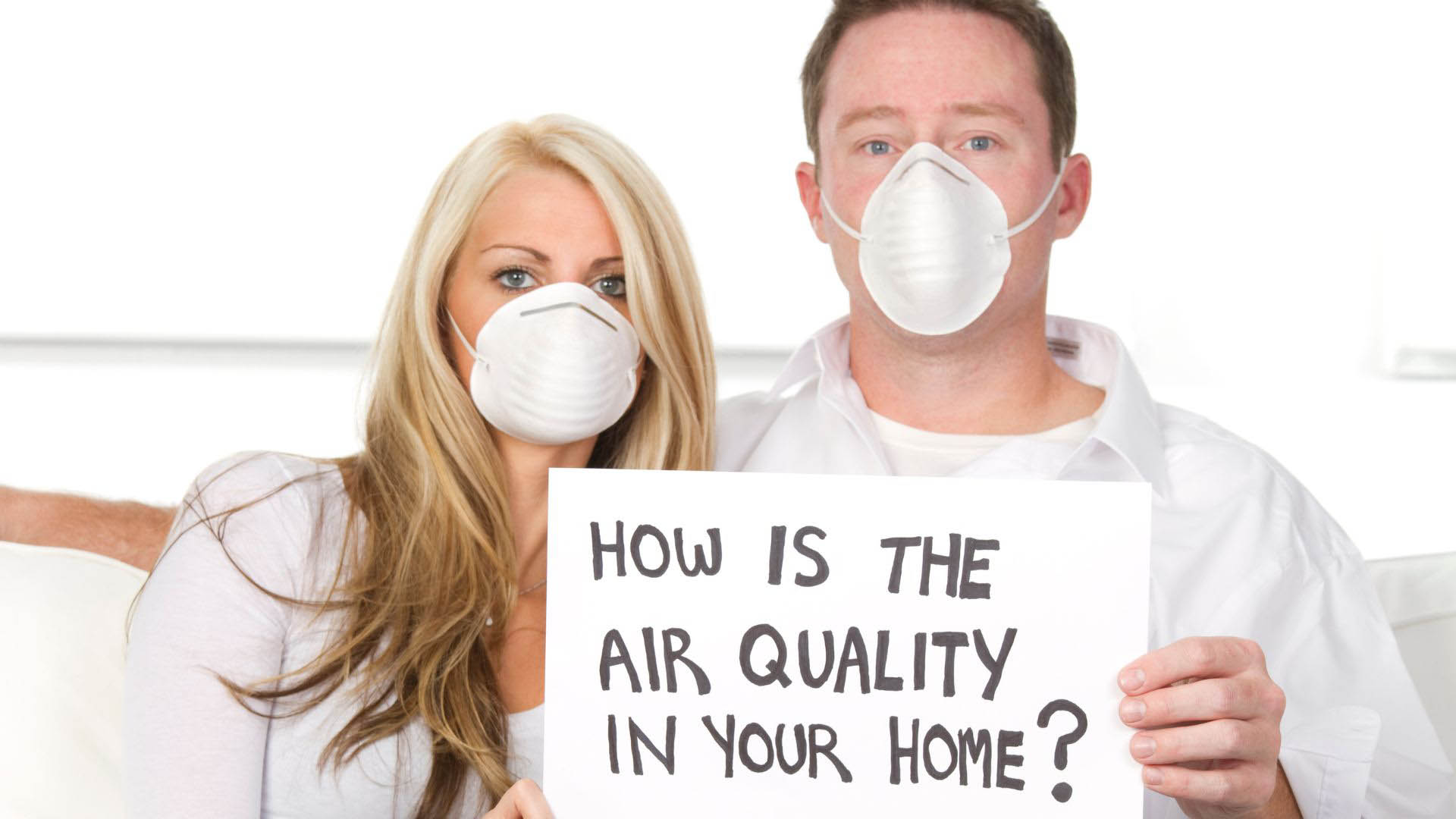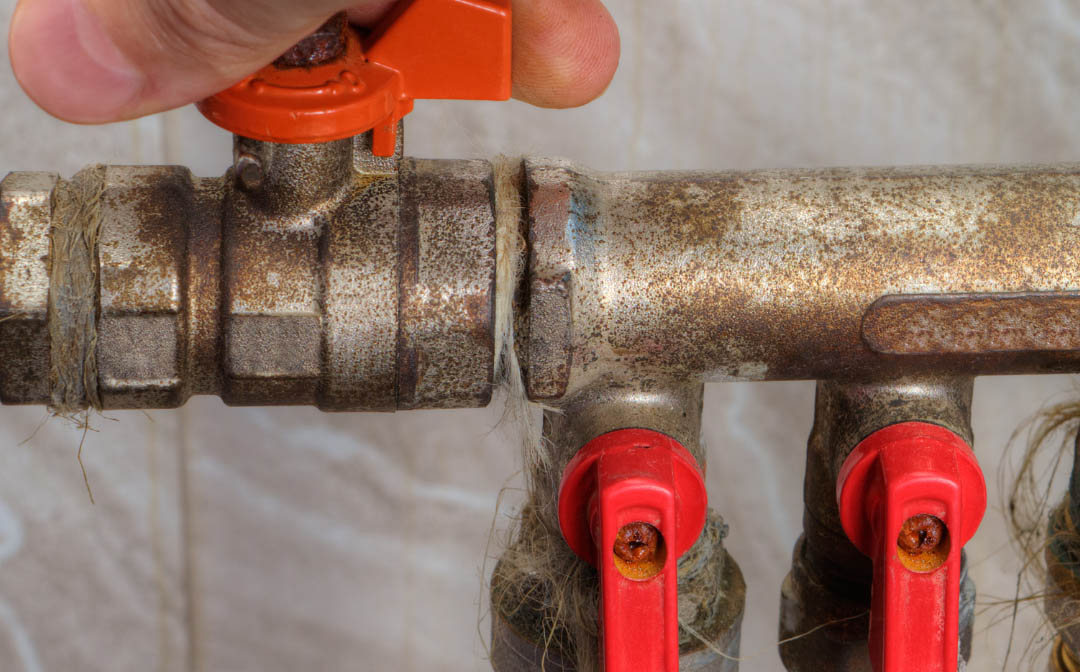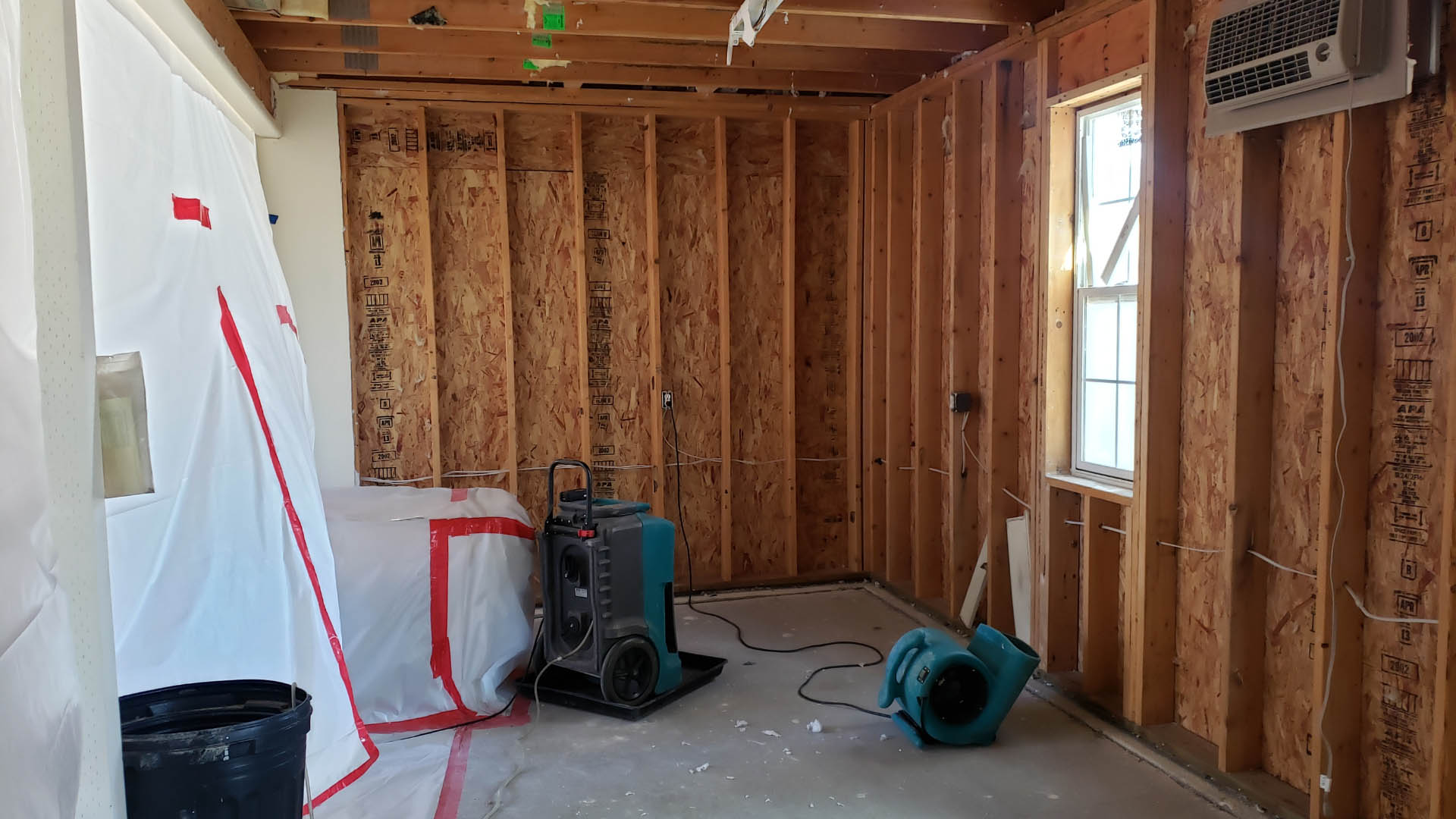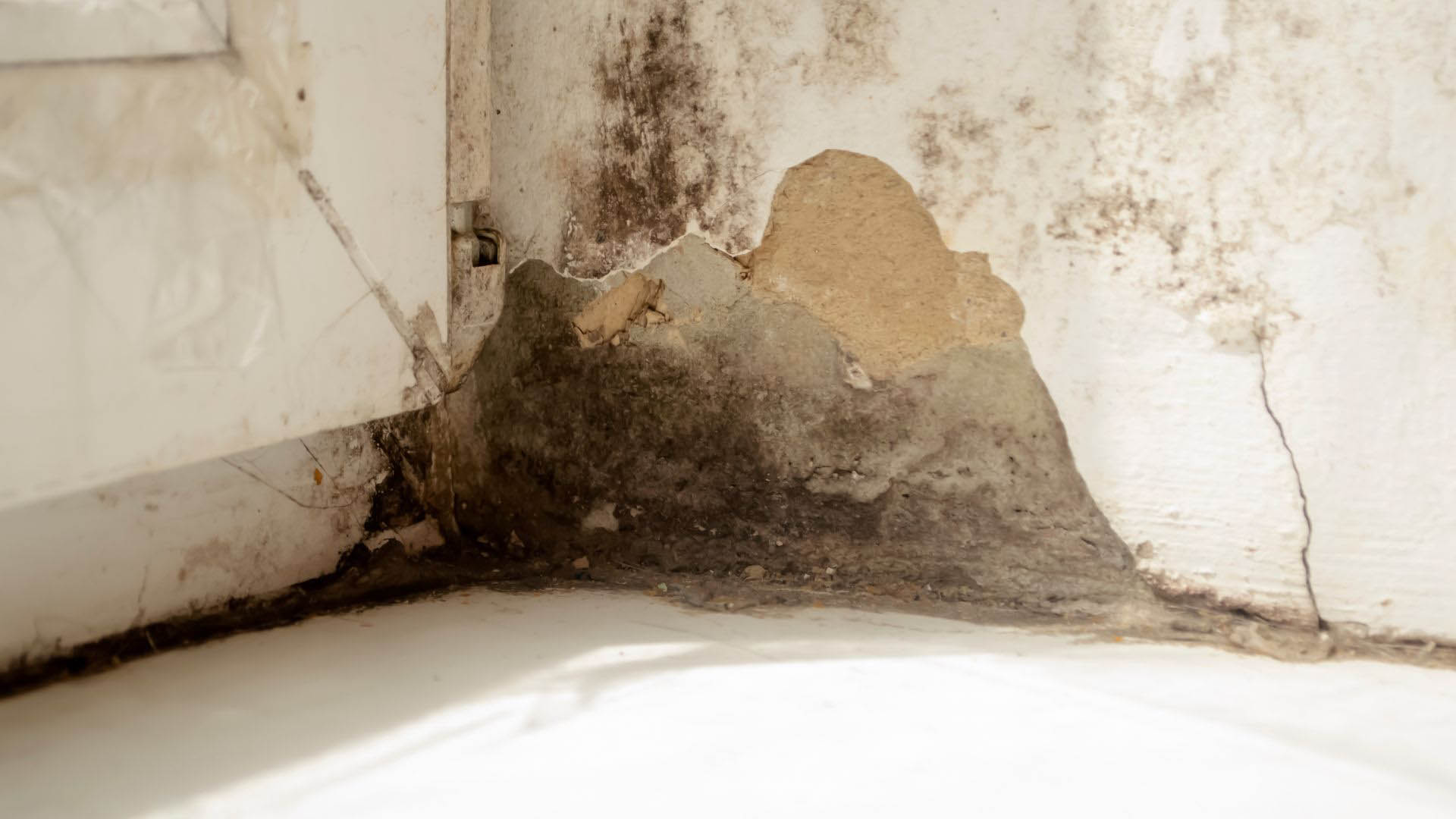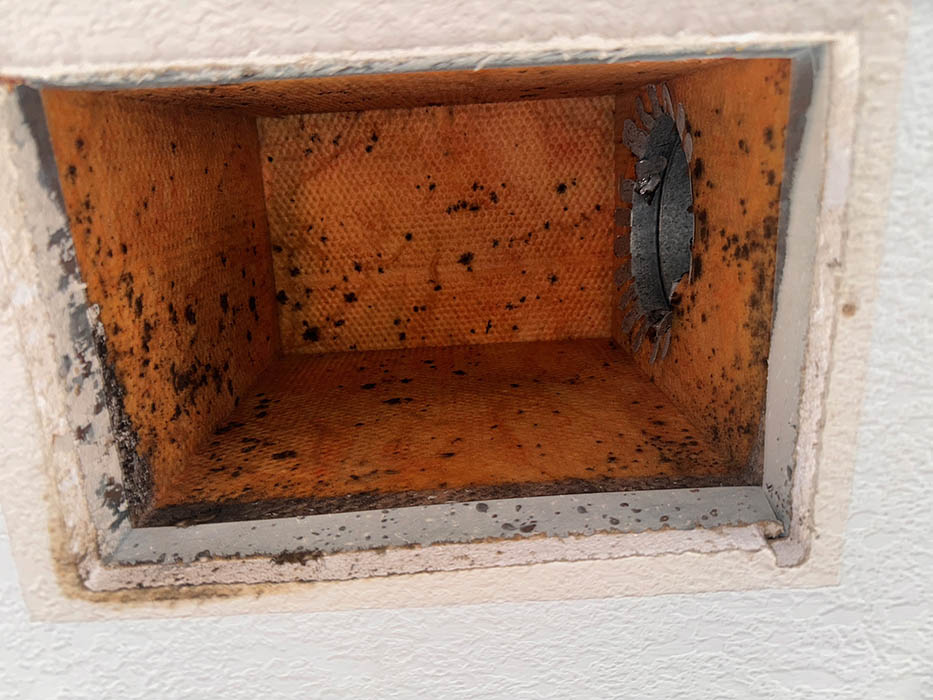10 Signs of You May Be Allergic To Mold
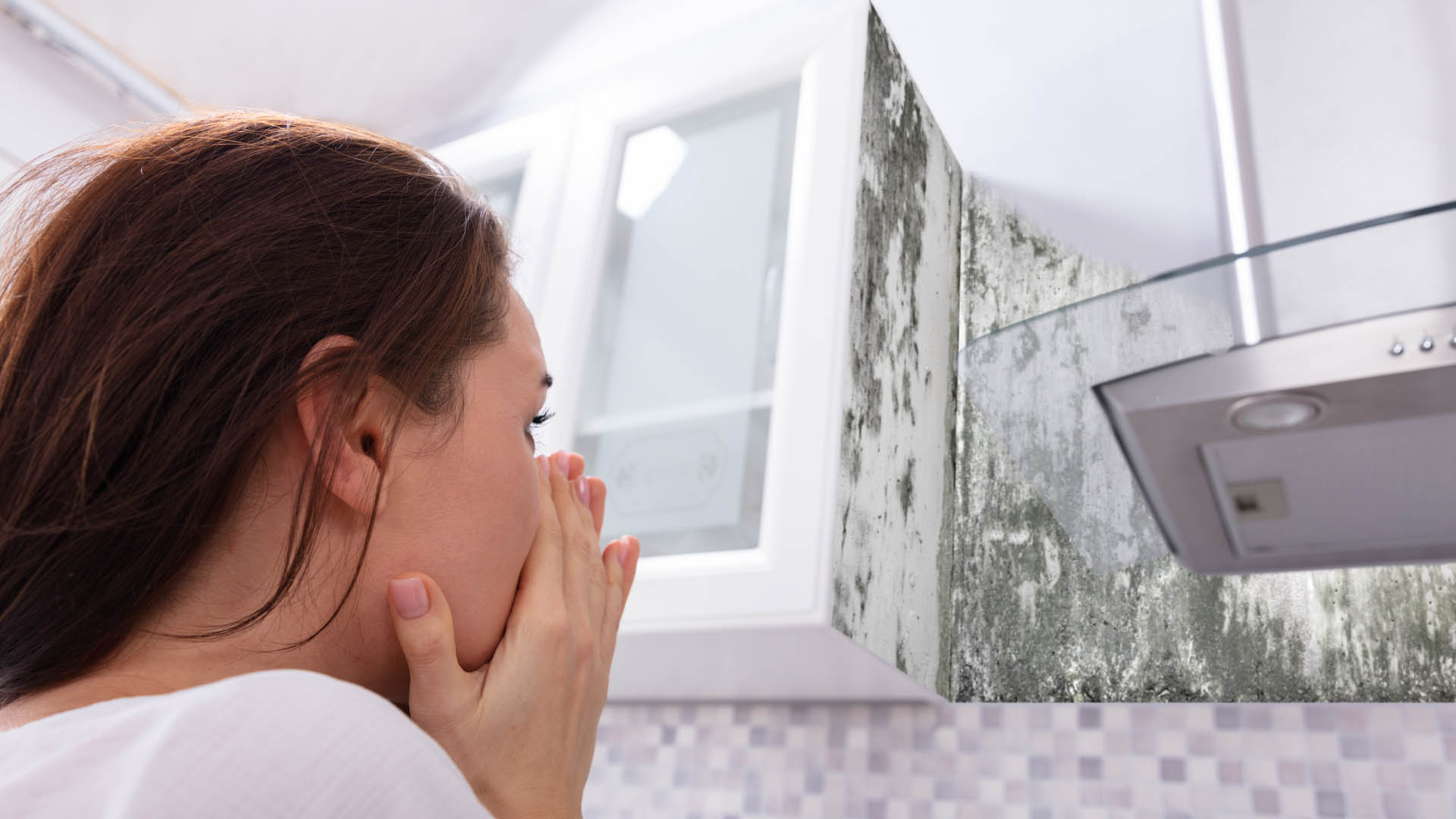
Mold exposure can lead to a wide range of symptoms that often go unnoticed or are mistaken for other conditions. If you’ve been feeling off and can’t pinpoint why, it might be time to consider your environment. Mold toxicity occurs when you are exposed to mold spores that trigger allergic reactions or more serious health concerns—especially if you have a weakened immune system, asthma, or existing respiratory conditions. From persistent coughing and sinus congestion to unexplained fatigue and skin irritation, mold can silently impact your well-being. Here are the top 10 signs of mold toxicity to watch for:
- Respiratory Problems: Mold spores in the air can trigger respiratory issues like coughing, wheezing, and throat irritation. Those with mold allergies may experience worsened symptoms.
- Nasal Congestion: Persistent nasal congestion and sinus discomfort are common with mold exposure.
- Skin Rashes: Contact with mold can cause skin reactions such as redness, itching, and rashes.
- Eye Irritation: Mold toxicity can often lead to watery, red, or itchy eyes.
- Fatigue: Prolonged mold exposure can result in unexplained fatigue and weakness.
- Headaches: Frequent headaches, sometimes severe, may signal mold toxicity.
- Memory Issues: Difficulty concentrating and memory problems may occur.
- Muscle Pain: Mold exposure can lead to muscle pain and joint stiffness.
- Gastrointestinal Problems: Digestive issues like nausea, diarrhea, and abdominal pain might be linked to mold exposure.
- Sensitivity to Light and Sound: Some individuals with mold toxicity report heightened sensitivity to light and sound.
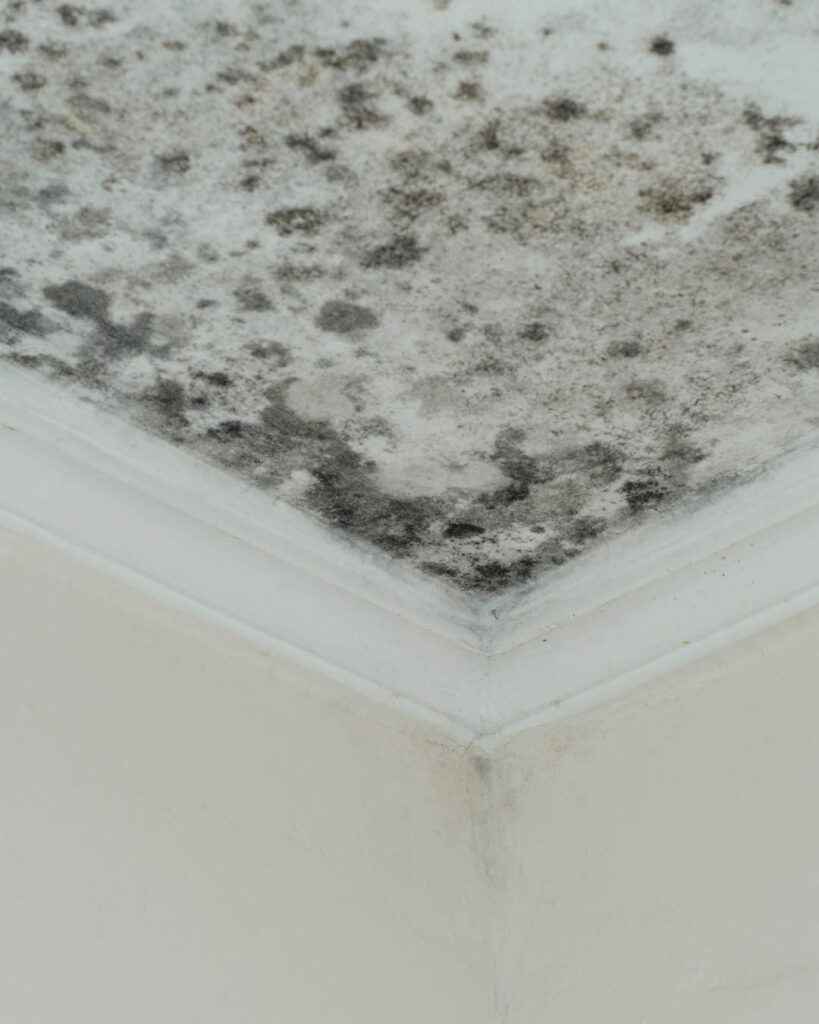
Get Help with Your Mold Symptoms
If you suspect mold-related health issues, consult a medical professional. For in-depth guidance on mold exposure, refer to the CDC’s mold resources (https://www.cdc.gov/mold-health/about/clean-up.html). To prevent mold growth in your home, maintain proper ventilation, manage humidity levels, and address water leaks promptly. For in-depth guidance on mold prevention and remediation our recommendation would be to contact our team or another professional mold remediation company in your area.

